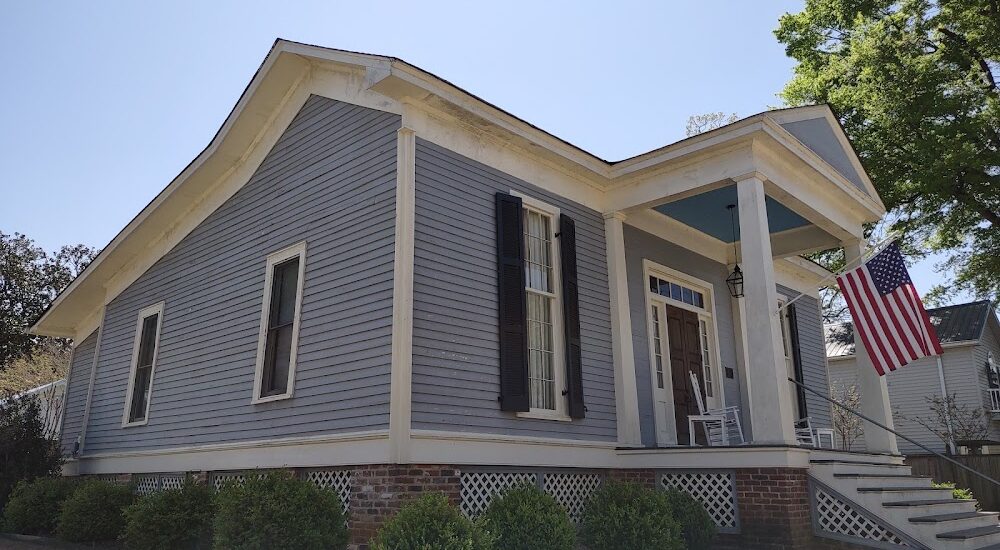Welcome to the W. L. Duncan House, a historical landmark in the vibrant town of Corinth, Mississippi. This stately home, built in 1858, stands as a testament to the rich history and architectural beauty of the pre-Civil War era. As you approach, imagine the bustling activity of Corinth in the mid-19th century, a pivotal junction for railroads and a strategic point during the Civil War.
The W. L. Duncan House was constructed by William Leonard Duncan, a prominent local figure whose influence extended beyond the town’s borders. Duncan was a merchant and a leading citizen, contributing significantly to the local economy and community. His home, with its refined design and elegant interiors, reflected his status and the prosperity of Corinth during that period.
During the Civil War, Corinth became a significant military objective due to its railroad crossroads, which were vital for the movement of troops and supplies. The town witnessed two major battles, the Battle of Shiloh and the Second Battle of Corinth, both of which played crucial roles in the Union’s efforts to control the Mississippi Valley. While there are no records of battles directly occurring at the Duncan House, the home stands as a silent witness to the turbulent times and the strategic importance of Corinth.
In the years following the war, the Duncan House continued to be an integral part of the community. As Corinth rebuilt and thrived, the house served various roles, including a private residence and a gathering place for local leaders. Its preservation today offers a glimpse into the architectural styles and domestic life of the 19th century, making it a cherished historical site.
Visitors to the W. L. Duncan House can appreciate not only its architectural beauty but also its place in the broader historical tapestry of Corinth. The town itself evolved from a strategic military point to a thriving community, with the Duncan House standing as a symbol of resilience and continuity.
As you explore the area, consider the stories of those who lived through the civil strife and reconstruction, and how their legacy continues to shape the character of Corinth today.






